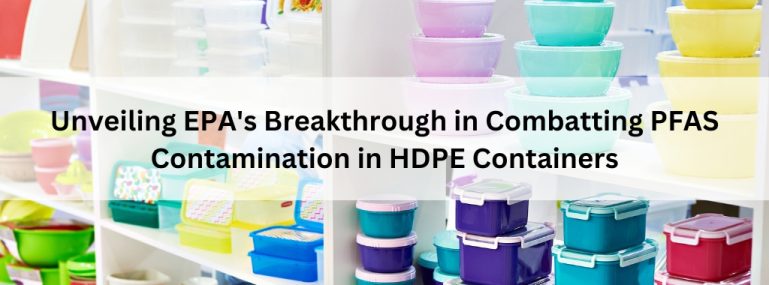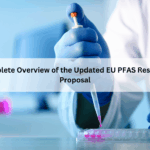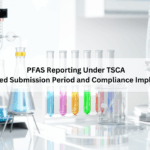Per- and polyfluoroalkyl substances (PFAS) have long been valued across industries for their exceptional resistance to heat, water, and oil. Yet, concerns about the potential health and environmental risks associated with PFAS exposure, especially in high-density polyethylene (HDPE) containers utilized for storing various chemicals like pesticides, have been escalating.
In September 2020, the U.S. Environmental Protection Agency (EPA) made a troubling discovery: several mosquito control products were contaminated with PFAS. Subsequent investigations linked the contamination to fluorinated HDPE containers, raising serious questions about the broader implications for products stored in similar vessels.
Fast forward to February 15, 2024, when the EPA introduced a groundbreaking methodology capable of detecting 32 distinct PFAS compounds in HDPE containers, even at minute concentrations as low as 0.002 parts per billion (2 parts per trillion). This announcement marked a significant milestone, providing industries reliant on HDPE containers with a crucial tool to proactively screen for PFAS contamination and protect their products.
The impact of this new PFAS detection method is profound:
-
- Industries now have the capability to pre-emptively prevent PFAS contamination, safeguarding both consumers and the environment.
-
- Beyond HDPE containers, this methodology holds promise for screening PFAS in various solid materials, expanding its utility across different sectors.
-
- This milestone underscores the EPA’s steadfast commitment to addressing PFAS contamination and associated environmental and health risks.
-
- The EPA’s firm stance is further demonstrated by enforcement actions against violators, such as Enhance Technologies, for disregarding PFAS regulations, signaling a strong stance against non-compliance.
- The EPA’s firm stance is further demonstrated by enforcement actions against violators, such as Enhance Technologies, for disregarding PFAS regulations, signaling a strong stance against non-compliance.
In the ongoing fight against PFAS contamination, the EPA’s latest detection methodology is a game-changer. By providing industries with a reliable means to identify and mitigate PFAS risks proactively, the EPA reaffirms its dedication to protecting public health and the environment from the dangers of PFAS exposure. For companies navigating the intricate landscape of PFAS regulations, ComplianceXL offers a team of experienced experts ready to provide guidance and support. Contact our specialists today for unparalleled assistance.
FAQs:
What are PFAS, and why are they a concern?
PFAS (per- and polyfluoroalkyl substances) are synthetic chemicals prized for their resistance to heat, water, and oil. However, their potential health and environmental risks have sparked widespread apprehension regarding their pervasive use and contamination.
How does PFAS contamination occur in HDPE containers?
PFAS contamination in HDPE containers typically arises during the fluorination process employed in their manufacturing. Byproducts of this process may leach into stored products, resulting in contamination.





